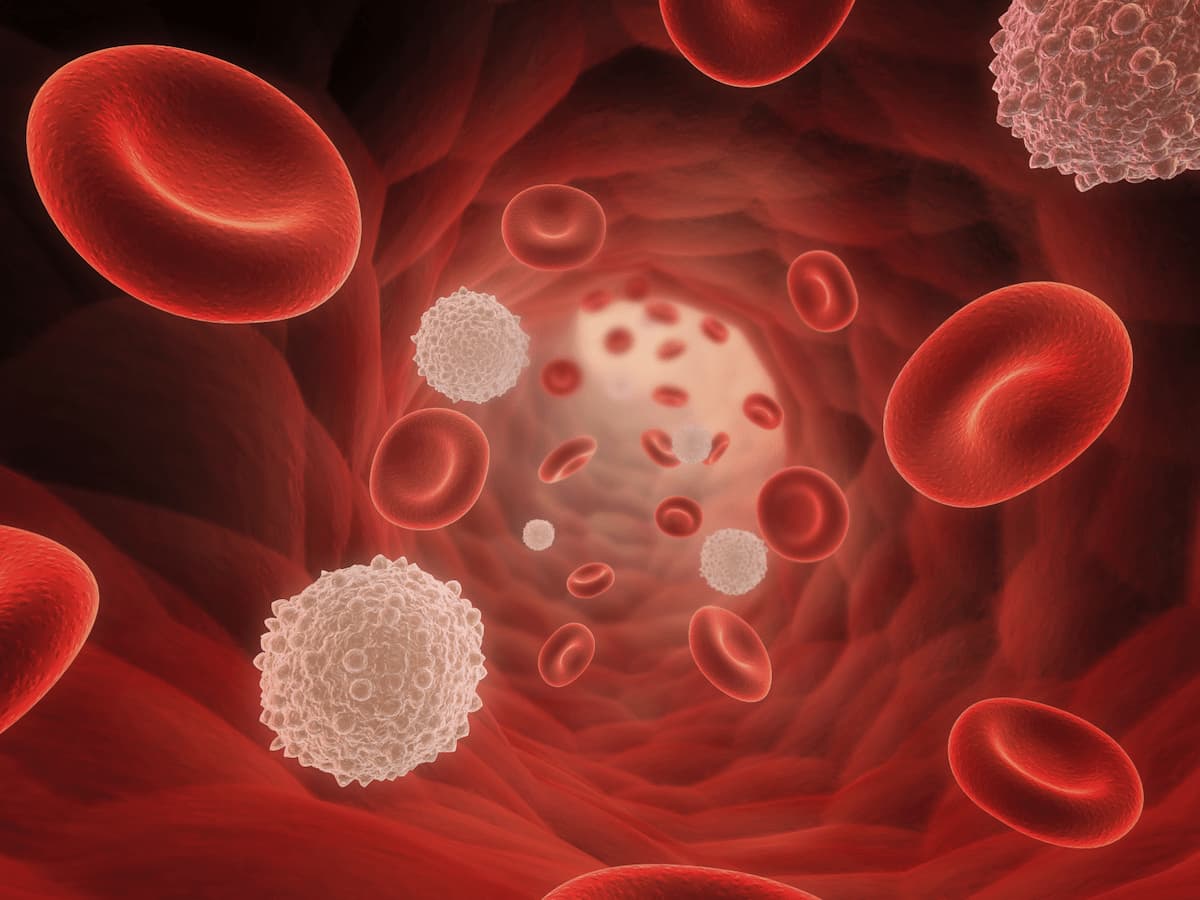Possible Association Between Radiation/CRC Risk in Hodgkin Lymphoma Survivors
Findings from a nested case-control study may enable individualized colorectal cancer risk estimations for Hodgkin lymphoma survivors who receive radiotherapy plus procarbazine.
A linear dose-response association was observed between radiation doses to the large bowel and risk for developing colorectal cancer (CRC) that only worsens with the rising doses of procarbazine (Matulane) in Hodgkin lymphoma survivors, according to findings from a nested case-control study published in JAMA Oncology.
"Although [Hodgkin lymphoma] treatments have evolved considerably during the recent decades, with fewer patients receiving subdiaphragmatic [radiotherapy] or high-dose procarbazine, these findings remain relevant and important for clinicians treating patients for [Hodgkin lymphoma] in the modern era," according to the study authors.

Investigators found that 62% of cases received subdiaphragmatic radiotherapy compared with 41% of controls (rate ratio [RR], 2.4; 95% CI, 1.4-4.1). The rates of relapse treatment in each respective group were 37% and 23% (RR, 2.1; 95% CI, 1.2-3.8). There was a 2.1 to 3.0-fold increase in CRC incidence for those who received 10 or more Gy to the whole large bowel compared with patients who received less than 1.0 Gy or no radiation at all.
Those who received a cumulative procarbazine dose of more than 8.4 g/m2 experienced a significantly higher incidence of CRC compared with those who did not receive procarbazine (RR, 2.5; 95% CI, 1.3-5.0). Additionally, patients receiving both 10 Gy or more of radiation plus more than 4.2 g/m2 of procarbazine had a 5.2-fold (95% CI, 2.2-12.3) increase in CRC rates compared with those who received less than 10 Gy plus 4.2 or less g/m2 of procarbazine.
“Although [Hodgkin lymphoma] treatments have evolved considerably during the recent decades, with fewer patients receiving subdiaphragmatic [radiotherapy] or high-dose procarbazine, these findings remain relevant and important for clinicians treating patients for [Hodgkin lymphoma] in the modern era,” the study authors stated.
“This evidence enables individualized estimation of [CRC] risk and selection of the optimal treatment strategy for patients who are treated with subdiaphragmatic [radiotherapy] or with procarbazine…. These findings also emphasize the need for clinicians to identify [Hodgkin lymphoma] survivors previously treated with subdiaphragmatic [radiotherapy] and procarbazine for whom [CRC] screening should be considered.”
Investigators of the nested case-control study examined data from 5-year Hodgkin lymphoma survivors treated at 5 hospital centers in the Netherlands. Estimations of mean radiation doses to the large bowel involved reconstructing individual radiotherapy treatments on representative CT datasets. Investigators also estimated cumulative procarbazine doses using typical doses per cycle for each chemotherapy regimen.
In terms of outcomes, calculations of CRC odds ratios and CIs involved using conditional logistic regression to compare the exposure history of patients with those of matched controls. Investigators modeled excess rate ratios (ERRs) to assess the excess risk related to each 1-Gy increase in radiation dose.
Patients 15 to 50 years old at time of first treatment for Hodgkin lymphoma who were diagnosed from 1964 to 2000 were included in the analysis. For each patient who developed CRC, investigators selected up to 5 controls individually matched based on sex, age at Hodgkin lymphoma diagnosis, and date of diagnosis.
The study population included a total of 316 Hodgkin lymphoma survivors, 78 of whom had developed CRC and 238 of whom were control patients. The mean age at Hodgkin lymphoma diagnosis was 33.0 years (standard deviation, 9.8), and 69.9% of patients were male. Additionally, the mean interval between Hodgkin lymphoma and CRC diagnosis was 25.7 years (interquartile range [IQR], 18.2-31.6), and the median age at CRC diagnosis was 59.1 years (IQR, 51.9-63.3).
Overall, 72% of patients had colon cancer and 28% had rectal cancer. Additionally, 69% of patients died due to CRC; the 5-year CRC-specific survival rate was 66%.
The ERR/Gy was 3.5% (95% CI, 0.4%-12.6%) for those who received radiation doses to the whole large bowel without procarbazine; the ERR/Gy increased 1.19-fold (95% CI, 1.06-1.33) for each g/m2 increase in procarbazine dose, with an ERR/Gy of 15.0% for those receiving 8.4 g/m2 of procarbazine.
Sex, age at Hodgkin lymphoma diagnosis, time since first treatment for Hodgkin lymphoma, and receipt of anthracyclines did not alter the dose-response association for radiation doses to the whole large bowel. The dose-response association for radiation dose administered to the affected segment needed to be modified based on sex; investigators noted an ERR/Gy of 39.1% for female patients compared with 3.5% for male patients.
Reference
Geurts YM, Shakir R, Ntentas G, et al. Association of radiation and procarbazine dose with risk of colorectal cancer among survivors of Hodgkin lymphoma. JAMA Oncol. 2023;9(4):481-489. doi:10.1001/jamaoncol.2022.7153
Targeted Therapy First Strategy Reduces Need for Chemotherapy in Newly Diagnosed LBCL
December 7th 2025Lenalidomide, tafasitamab, rituximab, and acalabrutinib alone may allow 57% of patients with newly diagnosed LBCL to receive less than the standard number of chemotherapy cycles without compromising curative potential.
How Supportive Care Methods Can Improve Oncology Outcomes
Experts discussed supportive care and why it should be integrated into standard oncology care.